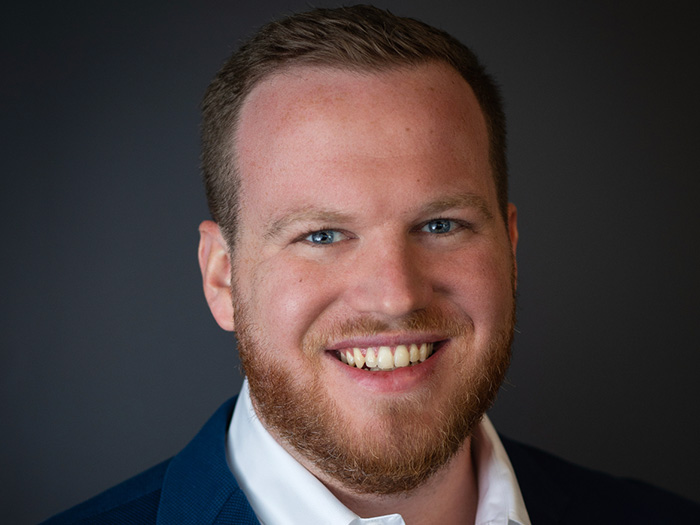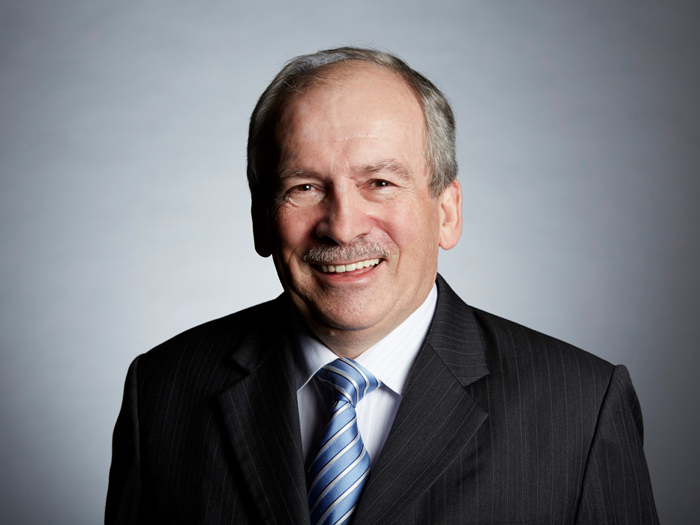National Ergo Conference 2022 Kicks Off in Las Vegas: Here’s What’s in Store

The largest ergonomics conference in the United States kicked off in Las Vegas on November 8 at the Paris Las Vegas Hotel and Casino.
A three-day event, the National Ergonomics Conference & ErgoExpo features five educational tracks, including Program Management, Advances in Ergonomics Technology, Office Ergonomics, Health Care Ergonomics (with a focus on aging and wellness) and Industrial Ergonomics & Safety.
National Ergo, now in its 38th year, also featured six master classes on topics that included tips on the use of exoskeletons and a session on hybrid office ergonomics.
For the past 13 years, the conference has been chaired by Alan Hedge, PhD, CPE, CErgHF, a professor emeritus of ergonomics at Cornell University.
The program co-chairs are David Brodie, MS, CPFI, the corporate ergonomist for Cargill Protein Inc., and Rachel Michael, CPE, CHSP, the director of consulting services for Exponent EHF.
Diving into the Keynote
At Tuesday’s keynote session, which occurred after the lunch break, Shamsi Iqbal, a principal researcher with Microsoft, delved into the many ways the pandemic changed how we work.
In his keynote introduction, Cornell’s Hedge reminded the audience of about 250 attendees that ergonomics isn’t just about loss prevention or productivity measures but is the science of work itself.
“We are back,” he crowed to wide applause, acknowledging the joy he and others feel in being able to attend an in-person conference after the social distancing we all experienced in 2020 and 2021.
We’re all aware of how many of us are now working remotely or engaged in a hybrid work model — something along the order of working three days from home and two days in the office, or some derivation thereof.
It’s been widely reported that many workers are happier with the hybrid model and remote work in general. They feel it has provided them with a better work-life balance and given them more control over their destiny.
But as the widely published and quoted Iqbal pointed out, with every change we experience, challenges emerge.
Many workers might be happy with their new work arrangement, but there are wide gaps, according to Iqbal, in how employers and employees view these new work dynamics.
Citing just one striking statistic among many, in what Iqbal referred to as “productivity paranoia,” only 12% of employers surveyed feel that their employees are being productive in this new era of work. Compare that to a reported 87% of employees who feel they are being productive!
Another significant gap, as reported by Iqbal, had to do with the phenomenon of quiet quitting.
Employees who consciously scale down their work output, without telling anyone that they are doing so and shielded from observation and accountability by working from home, say they are doing it to protect their health and wellbeing and to better align their workload with their salary.
Many employers and business leaders, on the other hand, view “quiet quitting” as willful underperformance, and, in addition, characterize it as unprofessional.
Audience attendees from such organizations as Tesla and Kaiser Permanente asked Iqbal about the role technology might be able to play in bringing out better collaboration among teams and within companies, given the changes that we’re seeing in the workplace and the challenges those changes are presenting.
She said that Microsoft is studying ways that virtual reality might be used to create work scenarios where people in remote positions can better interact with those still in office, factories or other brick-and-mortar facilities.
In response to a question of whether ergonomics, or work science, can be used to create better home work environments, Iqbal said she believed an investment in supportive work furniture and work station evaluations was well worth it.
“It’s a smart investment that will yield long-term results,” she responded.
Looking ahead, multiple challenges remain and will have to be addressed, most likely through a combination of technology, including artificial intelligence and additional human innovations.
“We need to reset the way we worked in the past,” Iqbal said.
Meeting fatigue afflicts many of us; as Iqbal described it, activities that used to be handled in a face-to-face environment were cloistered into the confines of a computer screen. According to her research, teleconferencing, for example, is much more tiring than face-to-face meetings.
Meeting coaching can give remote meeting leaders guidance on when they are speaking out of turn or inappropriately, and the use of artificial intelligence to enhance remote meetings may be helpful in this area, she said.
What we know for sure is that many of us are never going back to the mind-numbing experience of weathering commuter traffic every day to earn our daily bread. With the help of Iqbal and others, however, we also see that there is nothing close to universal agreement as to whether remote work or hybrid work models are a good thing.
Whether our technological prowess can bridge that gap remains to be seen.
But judging from the animated chatter at lunchtime at National Ergo, and the enthusiastic reception Iqbal and Hedge received at Tuesday’s keynote, many ergonomists were quite happy to be holding an in-person conference once more. &










